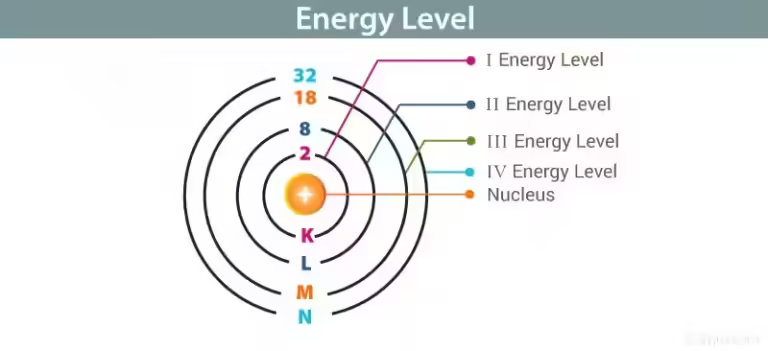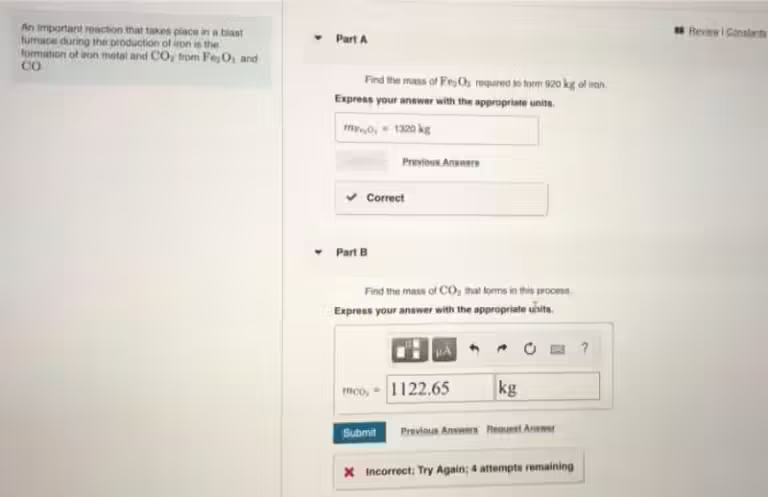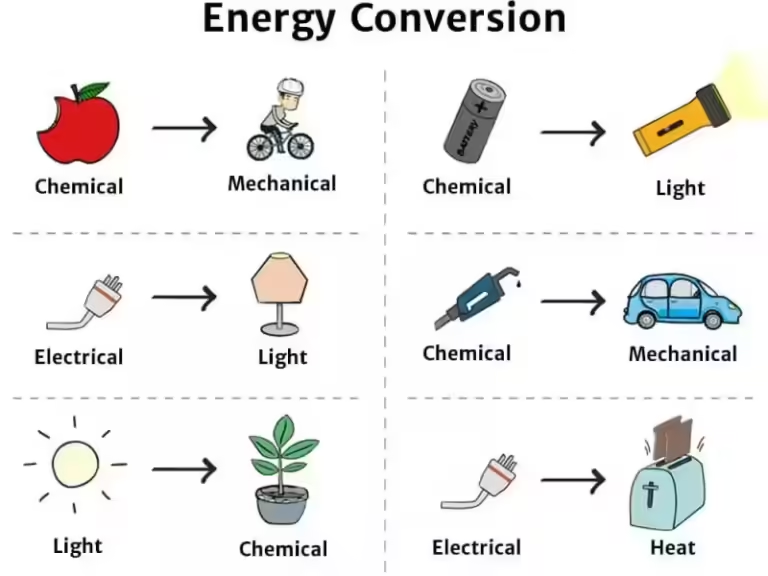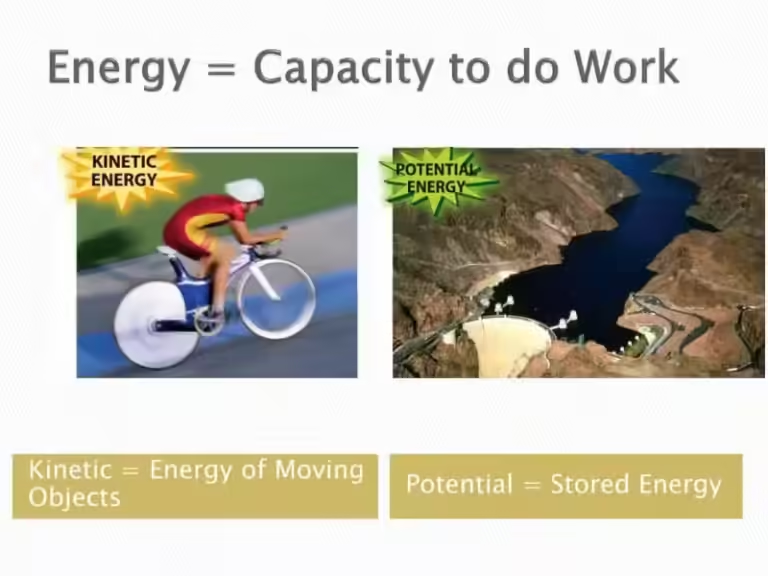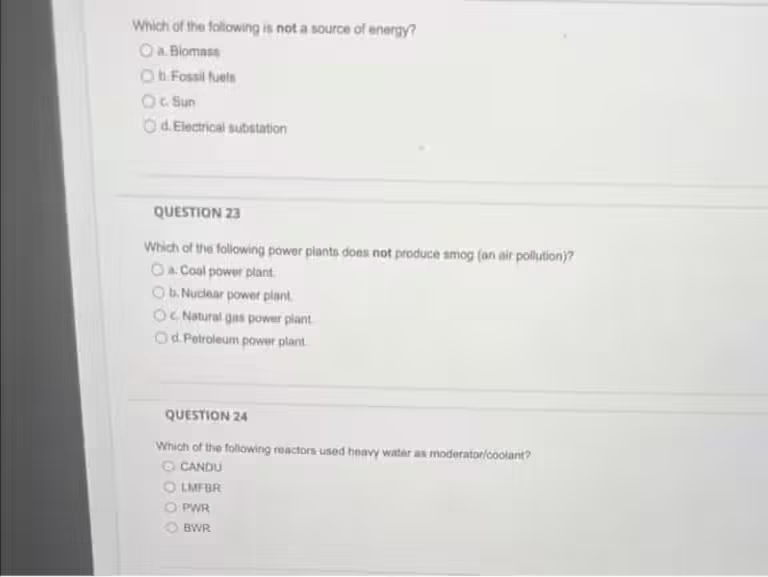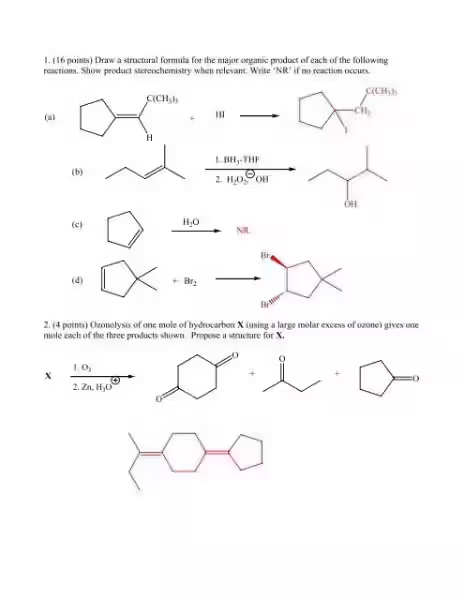The Curious Case of Oil and Water: A Tale of Two Immiscible Liquids
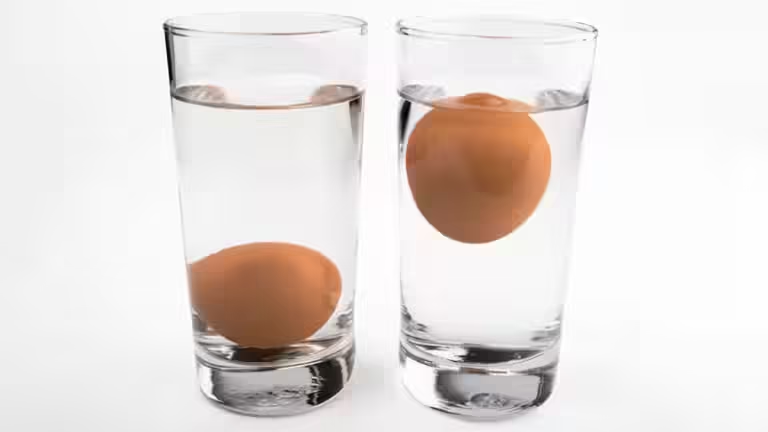
We've all seen it: oil and water, stubbornly refusing to mix, forming distinct layers in a glass. This familiar phenomenon begs the question: is mixing oil and water a chemical or a physical change? To unravel this mystery, we must first understand the fundamental differences between these two types of changes.
The Dance of Molecules: Physical vs. Chemical Changes
Imagine a world where everything is constantly changing, morphing, and transforming. Some changes are merely superficial, like rearranging furniture in a room, while others drastically alter the very nature of things, like burning wood into ash. This is the essence of physical and chemical changes.
Physical Changes: A Change of Form
Physical changes are like temporary makeovers. They alter the form or appearance of a substance but leave its chemical composition untouched. Think about cutting paper into smaller pieces. The paper's chemical makeup remains the same, even though its shape changes. Similarly, melting ice or boiling water are physical changes. The water molecules simply rearrange themselves, transitioning from a solid to a liquid or from a liquid to a gas. These changes are typically reversible, meaning we can often restore the original substance by reversing the process. Freezing water back into ice is a classic example.
Chemical Changes: A Transformation of Identity
Chemical changes are more profound, akin to a complete metamorphosis. They involve the formation of new substances with entirely different chemical properties. Burning wood is a prime example. The wood undergoes a chemical reaction with oxygen, transforming into ash, carbon dioxide, and other products. This change is irreversible; we cannot simply reassemble the ash and carbon dioxide to get back the original wood. Cooking an egg or baking a cake are also chemical changes, resulting in new substances with distinct flavors, textures, and appearances.
The Immiscible Duo: Oil and Water
Now, let's delve into the captivating case of oil and water. When we mix these two liquids, they stubbornly resist blending, forming two clearly defined layers. This behavior is a result of their immiscibility, a fancy way of saying they don't dissolve in each other. Why this stubborn refusal to mingle? The answer lies in their molecular makeup.
The Polarity Paradox
Water is a polar molecule, meaning it has a positive and a negative end due to the uneven distribution of electrons. This creates a "magnetic" attraction between water molecules, causing them to cling together like tiny magnets. Oil, on the other hand, is a nonpolar molecule. Its electrons are more evenly distributed, resulting in a weaker attraction between oil molecules. This difference in polarity creates a significant barrier to mixing. Imagine trying to mix magnets with non-magnetic objects; they just won't stick together!
The Verdict: A Physical Change
When oil and water are mixed, they simply form a heterogeneous mixture. This means the two substances remain distinct, even after vigorous shaking. The separation of oil and water into distinct layers is a physical change. No new substances are formed; the chemical composition of both water and oil remains unchanged. Even though the appearance of the mixture changes, the underlying chemistry stays the same. It's like two puzzle pieces, refusing to fit together, each retaining their original shapes.
Key Takeaways
- Immiscibility: Water and oil don't mix because they have different polarities.
- No chemical reaction: Mixing water and oil does not result in new substances.
- Reversible change: The separation of water and oil can be easily achieved through physical methods like gravity sedimentation or decantation.
- Physical change: The change in appearance is a physical change, not a chemical one.
Concluding Thoughts
The simple act of mixing oil and water reveals a profound truth: not all mixtures involve chemical changes. Sometimes, substances simply refuse to mingle, showcasing their unique properties. Understanding the difference between physical and chemical changes is crucial for comprehending various scientific phenomena and appreciating the intricate dance of molecules that shapes our world. So, the next time you see oil and water separate, take a moment to marvel at this captivating example of a physical change, a testament to the diversity and wonder of the natural world.
Why don't oil and water mix?
They don't mix because they have different polarities. Water is polar, meaning it has a positive and negative end, while oil is nonpolar.
Is mixing oil and water a chemical or physical change?
It's a physical change. No new substances are formed, and the original properties of water and oil remain unchanged.
How can I separate oil and water?
You can use gravity sedimentation or decantation. Let the mixture sit, and the oil will float to the top. Then, carefully pour off the water, leaving the oil behind.
What are some examples of chemical changes?
Burning wood, cooking an egg, or rusting iron are all examples of chemical changes.

